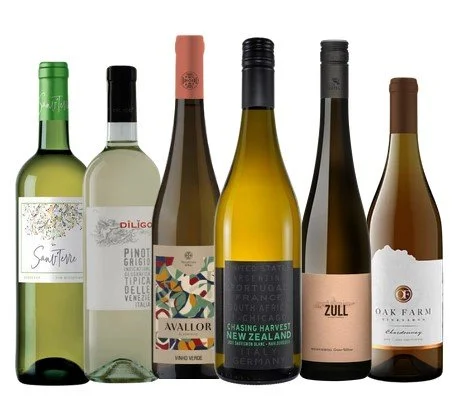Terre del Bruno Chianti Riserva Poggio ai Falchi DOCG 2020- $32.95 a bottle-- Ships in a 6 bottle case
Terre del Bruno Chianti Riserva Poggio ai Falchi DOCG 2020- $32.95 a bottle-- Ships in a 6 bottle case
A single vineyard Sangiovese from the Diddi family at Terre Del Bruno at a notably high 400 to 450 m Chianti elevation. The growing area is southeast of Florence, near Certaldo and just outside of the Classico zone, very close to Barberino Tavarnelle commune. Lots of dried herbs and underbrush on the nose, a savory expression of Sangiovese and certainly not uncommon for these Hills in this part of the Chianti town. Bright, vibrant almost etheral Riserva with moderate alcohol and brimming with fresh cherry and rhubarb, red apple skin and Juniper aromatics. With a light tread, fine tannins and gentle spice, this candy is ready to drink and may even benefit from a slight chill. Authentic, clean and made with a light handed approach ready to enjoy now.
Terre del Bruno was born in the ancient village of Pogni, located in the heart of the Florentine Chianti, next to the town of Marcialla. The historic core and the ancient cellars, located halfway between Florence and Siena, date back to the fourteenth century.
The business starts from the union of two families who already owned some land near the village of Pogni and who were already involved in wine-making.
A decisive step took place in 2003, when the two properties were merged to give life to a young and innovative company, which has been able to treasure the rich family tradition of 5 generations of producers.
Producing wine in our winery means carrying on a profession that began here long before we were born, in these same vineyards, which we still call by their name, given to them hundreds of years ago. Bruno and his brother, together with other families, worked side by side with perseverance and dedication, reaping the fruits of these fertile lands long before us.
Today, together with our mother Lorella and our father Massimo, we run the company with the support of collaborators both for the wine production and for the Resort, still enlivened by that love from which everything began.
After 18 years of business we proudly export our wines all over the world. Terre del Bruno is a straightforward brand, its symbol tells a simple story. The story of the union of two families; my father’s the Diddi and my mother’s the Bonechi. Thanks to this union, my brother and I can proudly carry on this family business: our roots in the past, our minds in the future.
A bit further into details…
The vineyards of the Farm extend in the areas surrounding the village reaching the town of Marcialla, for a total area of over 14 hectares with north-east and south-west exposures.
It is here that the hills begin to rise above those of the nearby Valdelsa, up to 400/450 meters above sea level.
The soil is composed of clay and mostly of galestro (also called alberese), a clayey shale that gives the wines polyphenolic richness, freshness and structure, features that are the prerequisite for longevity.
The main autochthonous vines of the Tuscan and Chianti tradition are cultivated together with international vines, now fully integrated into Tuscan enology.
The search for the best quality is carried out by Terre del Bruno in every sinlge phase of the cultivation of the vines. For our most prestigious wines, the harvest is preceded by the so-called “green harvest”, which takes place in July and consists in thinning out the bunches before they reach maturity, making sure that the plant concentrates all the nutrients on them, increasing the aromatic richness and therefore the quality of the grapes.
The harvest takes place in variable periods depending on the trend of the vintage and the vines. It can begin only when the grapes have reached their optimal level of ripeness.
After vinification, the wine experiences the maturation phase and then the aging phase. These processes can take place both in stainless steel tanks and in wooden barrels of various sizes.
For wines not intended to be aged, stainless steel tanks at controlled temperature are used.
For those wines destined to be aged, the aging procedure takes place in wooden barrels. The wood enables an evolution of the wine that softens the tannins, improves of the body structure and develops scent of tertiary sector, in the most structured and complex wines.









